Energy
Prospective studies
for key energy actors
The rapid evolution of energy systems and markets all over the world is driven by the need to decarbonize the economy, by combining high shares of renewables, energy efficiency, and the emergence of smart and flexible consumption-side technologies. The emerging paradigm has profound impacts on the role of regulators, governmental agencies, network operators and producers, who require more than ever support for an efficient and evidence-based decision making.
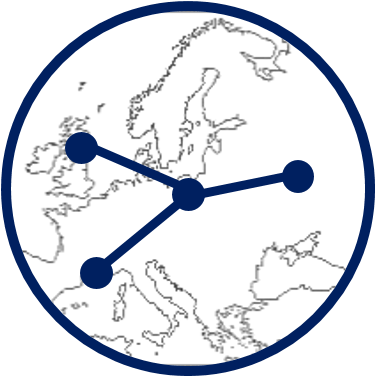
Planning
Optimizing the evolution of the energy systems taking into account sector coupling opportunities

Regulation & Market Design
Assessment of the social, environmental and economic impacts of energy/climate policies and measures

Networks
Cost-benefit analysis of infrastructure projects, such as interconnectors, P2G, storage, district heating, etc.
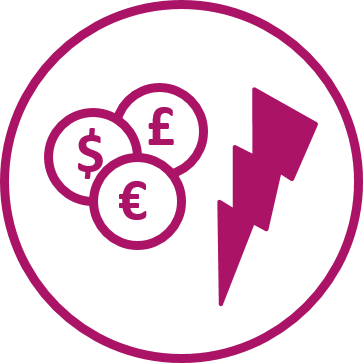
Investment Analysis
Due diligence of investment projects, risk analysis, analysis of revenue streams, including capacity value, ancillary services, etc.
planning
— We advise on long-term planning strategies
Thanks to state-of-the-art modelling capabilities, Artelys is able to perform holistic simulations of the evolution of energy systems, which capture the complementarities and competition between energy carriers, in both established and high growth economies.
Artelys consultants use the Artelys Crystal technology to build energy master plans, to dimension optimal portfolios of renewables and flexibility solutions, to assess system adequacy, or to evaluate the economic potential of emerging technologies such as power-to-gas or vehicle-to-grid.

The METIS project
European Commission
PEPS4: CBA of electricity storage and power-to-gas options
ATEE
Annual production planning tools
CIE (Compagnie Ivoirienne d’Electricité)
Power mix evolution trajectories- 2020-2060
ADEME
The METIS project
European Commission
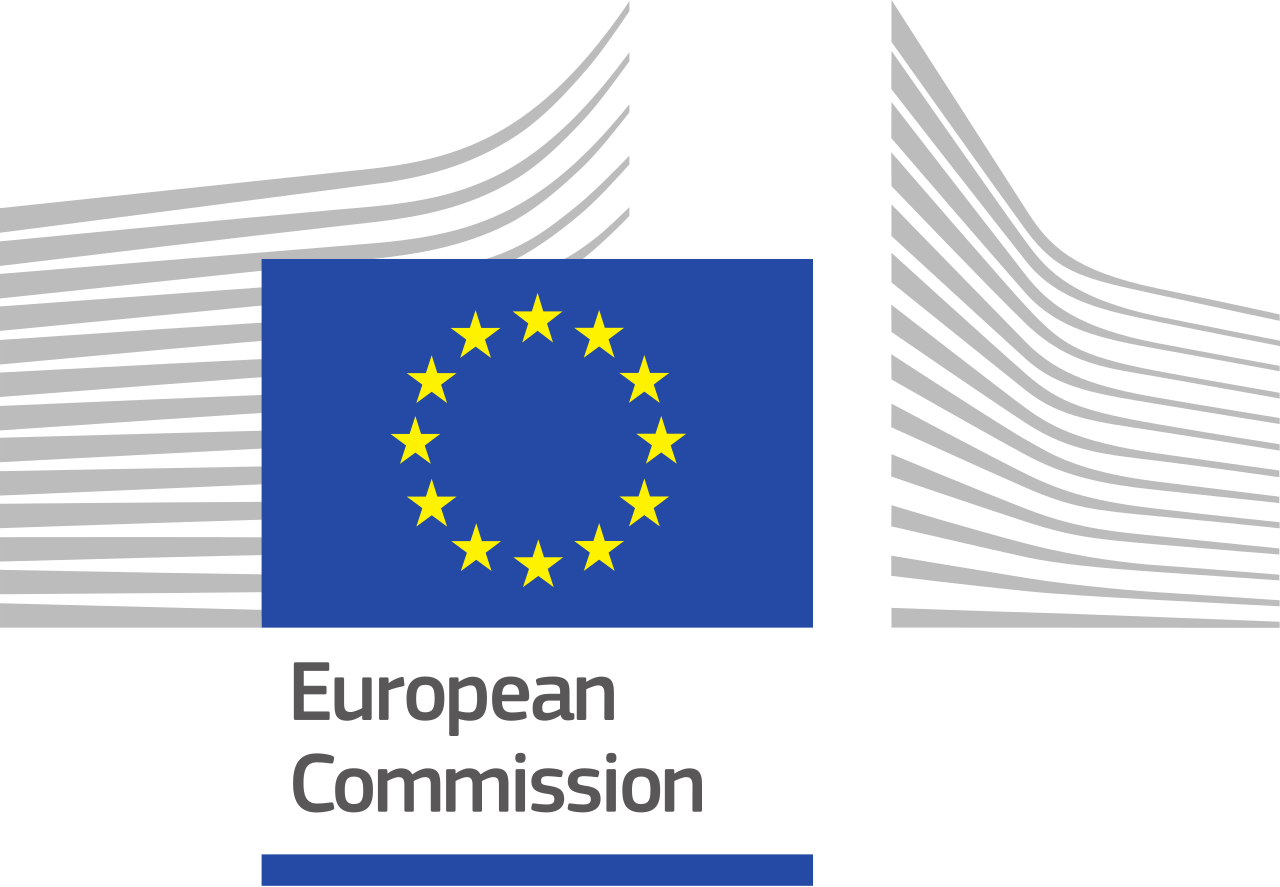
Artelys has developed the METIS model for the European Commission’s Directorate-General for Energy. The tool allows for multi-energy systems modelling (electricity-gas-heat), at national or regional level, with an hourly time resolution. A collection of prospective studies have been carried out, on themes such as RES integration, the provision of flexibility, the synergies between the electricity and gas sectors (e.g. via power-to-gas).
PEPS4: CBA of electricity storage and power-to-gas options
ATEE
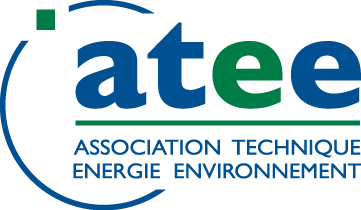
Artelys has conducted a cost-benefit analysis of electricity storage and power-to-gas options. The potential contributions of these technologies to the provision of flexibility, the improvement of security of supply and to ancillary services have been simulated and analysed.
Annual production planning tools
CIE (Compagnie Ivoirienne d’électricité)
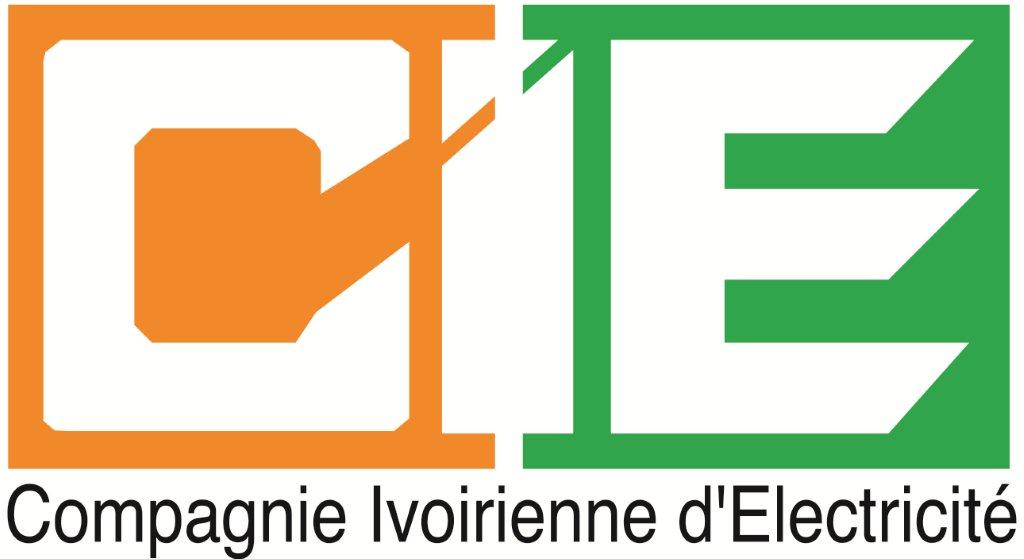
Artelys has set up for the Ivorian Electricity Company (Compagnie Ivoirienne d’Electricité) software for planning and optimization of the production of the Ivorian electricity system and the study of supply and demand balancing.
Trajectoires d’évolution du mix électrique 2020-2060
ADEME
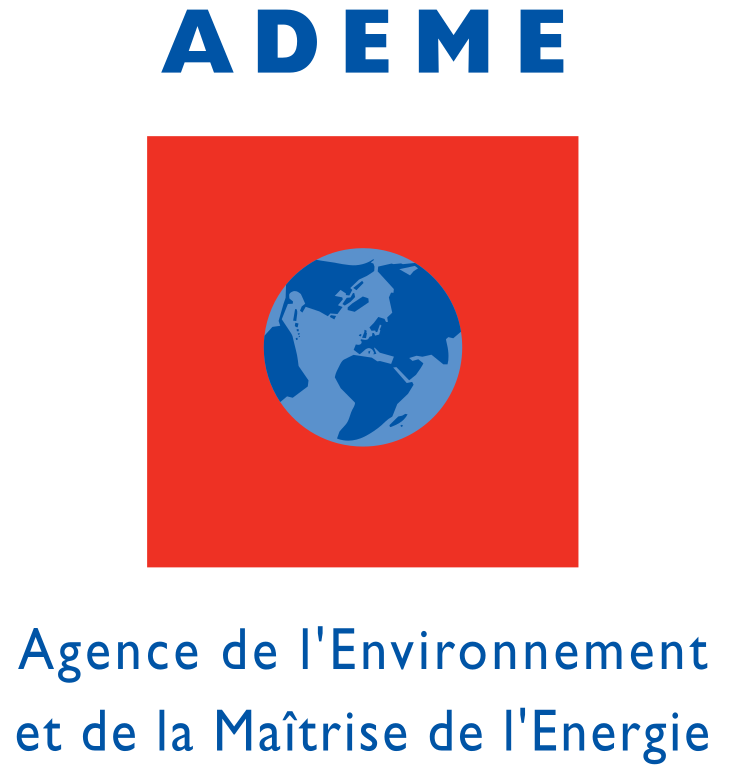
The study « Trajectoires d’évolution du mix électrique 2020-2060 » presents 7 contrasted evolutions of the French electricity mix, interconnected with neighbouring electricity systems. The electricity mixes are obtained by carrying out an economic optimisation of the trajectory of investments using Artelys Crystal Super Grid. This study is a first at the European level due to the size and the level of detail of the model (520 million optimisation variables, 670 million constraints).
regulation & market design

— We build and assess the efficiency of markets
Artelys provides expert advice to energy regulators, ministries and national energy agencies on tariff design, self-consumption practices, capacity markets, cost recovery of regulated assets, etc.
Our deep understanding of electricity and gas systems and markets, coupled with the use of state-of-the-art modelling tools, allows us to assess the impacts of energy/climate policies and measures.
Assessing Market Designs options in 2030
European Commission
Renewable energy source support schemes
Swiss Federal Office of Energy
Energy transition and capacity mechanisms
UFE & BDEW
Weather-driven revenue uncertainty for power producers and ways to mitigate it
European Commission
Assessing Market Design options in 2030
European Commission

Artelys experts have conducted the impact assessment of some of the policy proposals introduced by the “Clean Energy for all Europeans” package such as the coupling of intraday markets across Europe, the regional dimensioning of balancing reserves, removal of priority dispatch, etc.
Renewable energy source support schemes
Swiss Federal Office of Energy
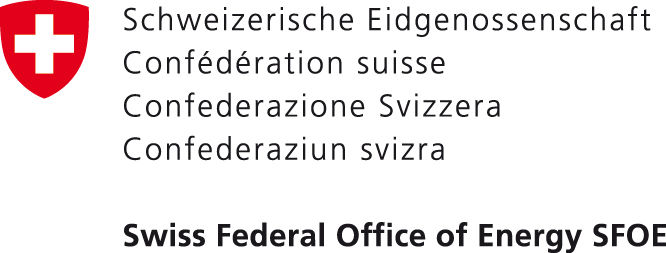
Artelys has evaluated the effect of different RES-e support schemes on the market penetration of a set of technologies (PV, wind turbines, run-of-the-river hydro, pump-storage hydro).
Artelys generated EOM price curves for different scenarios of the structure of the Swiss electricity sector for a set of climatic scenarios. The effect of RES-e support schemes was translated into additional revenues. Artelys then modeled the actors’ dynamics by investigating the decision-making process from an individual investor point of view. Artelys thereby was able to quantify the cost of reaching the Swiss environmental targets when taking the investors’ risk aversion into account.
Energy transition and capacity mechanisms
UFE & BDEW

Artelys has evaluated the impacts of introducing of either a coordinated or an uncoordinated capacity remuneration mechanism on security of supply. Commissioned by UFE and BDEW, two French and German power sector associations, this study focuses on the way capacity mechanisms can reduce the risks caused by climatic conditions the revenues of power producers, and impact their investment decisions.
Weather-driven revenue uncertainty for power producers and ways to mitigate it
European Commission

This study provides an analysis of risks on revenues for peak flexibility assets and ways to mitigate them in a 2030-European scenario with a 27% share of renewable energy generation. Indeed, since variable renewable energy generation is driven by weather conditions, further flexibility is required to provide firm capacity during scarcity periods. Ensuring that flexibility assets can get sound revenues from the market is therefore key to guaranteeing an appropriate level of electricity supply. The study shows that peak flexibility assets experience high uncertainties on their annual revenues and that, whichever the risk mitigation mechanism chosen, cooperation is key to avoid massive overinvestments.
networks
— We simulate and optimise the expansion of networks at all scales
Artelys benefits from a wide range of modelling tools, allowing its experts to deliver analyses of electricity, gas and heat networks.
We combine state-of-the-art techniques to investigate the details of the power flows on the short- and long-term, with our expert knowledge of network codes and key industry guidelines for clients ranging from TSOs and ISOs to public institutions.

Cost-benefit analysis of projects candidates to the “Project of Common Interest” label (PCI)
Renewable energy hosting capacity and assessment of grid enhancing technologies
Simulation and sizing of distribution systems and smart grids
Cost-benefit analysis of projects candidates to the “Project of Common Interest” label (PCI)
Commission de Régulation de l’Energie
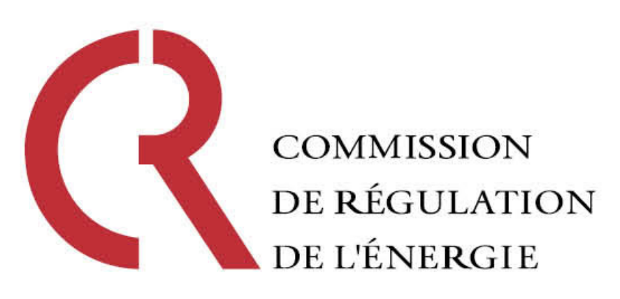
Artelys assessed the impact on social welfare of additional interconnectors at French borders, using market models. This particular study was commissioned by the French national regulatory authority (CRE) in order to assess the impacts of the evolution of the power mix on the benefits brought by interconnectors, and to understand the way the benefits are allocated by the market to consumers and producers.
Renewable energy hosting capacity and assessment of grid enhancing technologies
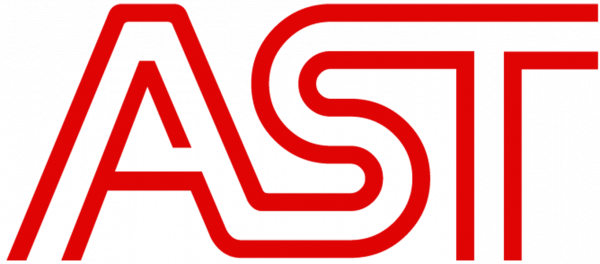
The Baltic network operators face high expectations for renewable energy integration, with renewable projects exceeding significantly the region’s demand. The integration of renewable energy poses challenges to grid operators, as renewable generation can create overloads in the network elements requiring significant investments in grid infrastructure. However, innovative (or smart grid) solutions can allow a better utilization of grid assets, by increasing transfer capacities and/or helping to control the flows of the grid.
This study assessed the maximum renewable generation hosting capacity and the pertinence of innovative grid technologies (IGTs) to the integration of renewable energy of the Latvian and Baltic transmission systems. Results showed that IGTs can help integrate up to 40% more renewable capacities in Latvia by reducing renewable curtailment.
Next : Development of software designing and simulating smart grids

Supported by ADEME, the French Environment & Energy Management Agency, the NEXT project aims at designing and developing a European reference software for the simulation and sizing of smart grids, integrating multiple flexibilities (flexibility of production and consumption, storage, multi-energy flexibility, fine tuning of the grid…).
Artelys is the leader of a team of partners comprising Gaz Électricité Grenoble (GEG, 6th electricity distribution company in France), the Laboratory of Electrical Engineering and Power Electronics (L2EP) from Lille, and the French National Institute for computer science and applied mathematics (INRIA).
investment analysis
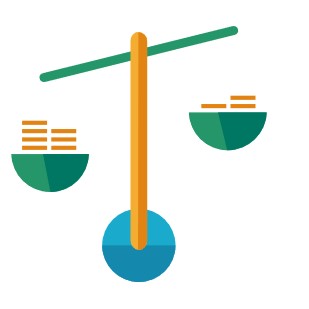
— We assess the level of revenues of your investments
Artelys provides investors in electricity projects (RES assets, batteries, power-to-gas, etc.) with an array of services which includes due diligence, power market price projections, evaluation of the revenues of a given investment project, design of optimal bidding strategies, risk assessment and options to cover residual risks.
Thanks to the flexibility of Artelys Crystal, we simulate the evolution of market prices and capture their sensitivity to demand growth, national strategy, carbon price, etc.
Evaluation of RES projects
Evaluation of the potential for power-to-hydrogen
Evaluation of RES projects

Artelys helps investors evaluating the expected revenues of their RES projects. Relying on its expertise relative to the electricity sector and on Artelys Crystal Super Grid, Artelys evaluates the expected hourly prices and the capture price of RES projects from today to 2050 for several pathways of evolution of the electricity mix (RES deployment, fuel and CO2 prices, development of flexibility sources, etc.) and assesses country-specific risk factors that might affect the revenues of the RES projects using sensitivity analyses.
Evaluation of the potential for power-to-hydrogen

Artelys helps investors and authorities evaluating the potential for power-to-hydrogen in areas with important volumes of cheap electricity (e.g. areas with high RES capacities and low interconnection capacities). For that purpose, Artelys evaluates the opportunities of producing cheap and CO2-free hydrogen by modelling the electricity system and performing capacity expansion optimisations, taking into account the existing and projected hydrogen consumptions.
useful links
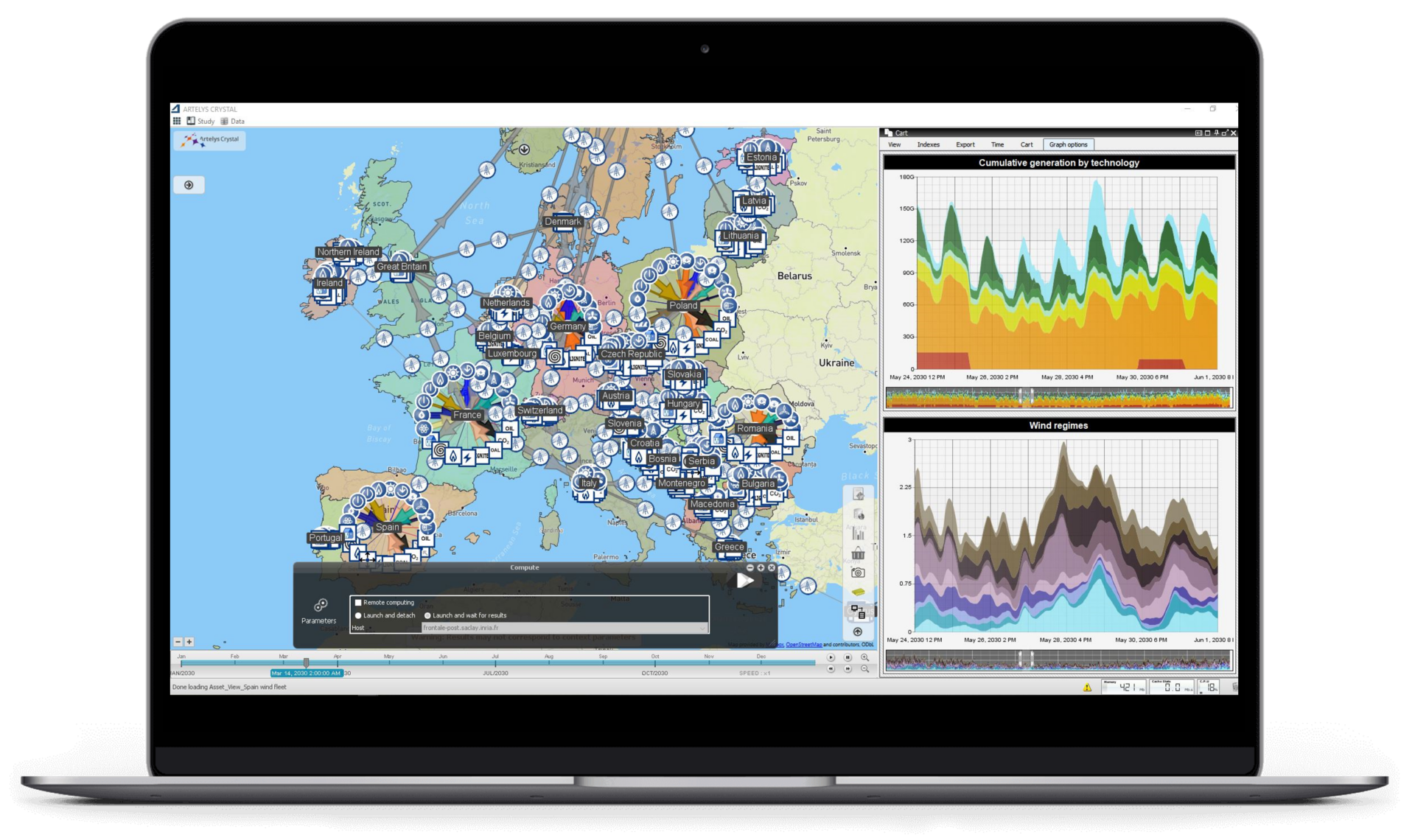
Artelys Crystal Super Grid
A state-of-the-art energy modelling solution allowing you to perform advanced studies of the energy system

Training
Artelys offers tailor-made training in economic optimization of energy systems based on the international experience of its energy consultants.

Studies
Artelys work regularly serves as basis for innovative publications about energy systems.
request a demo
subscribe to our newsletters
© ARTELYS • All rights reserved • Legal mentions